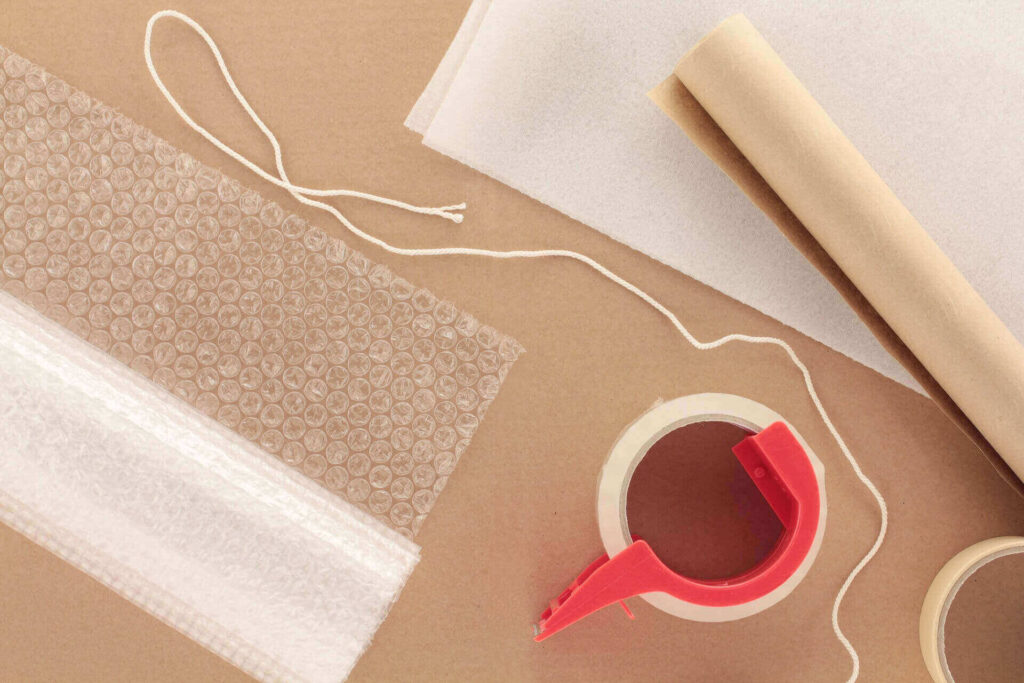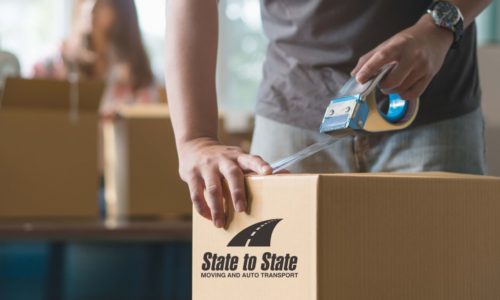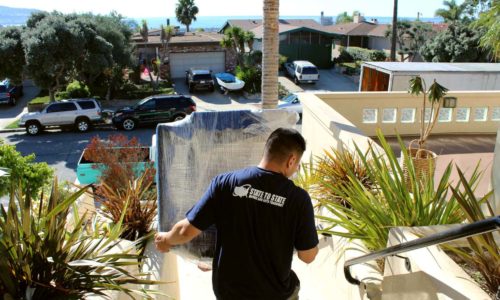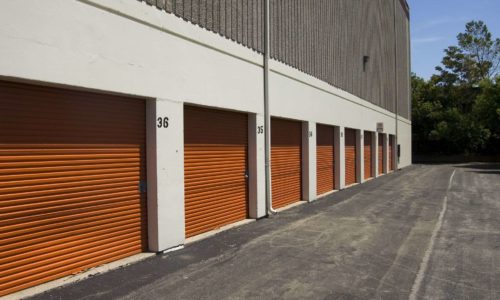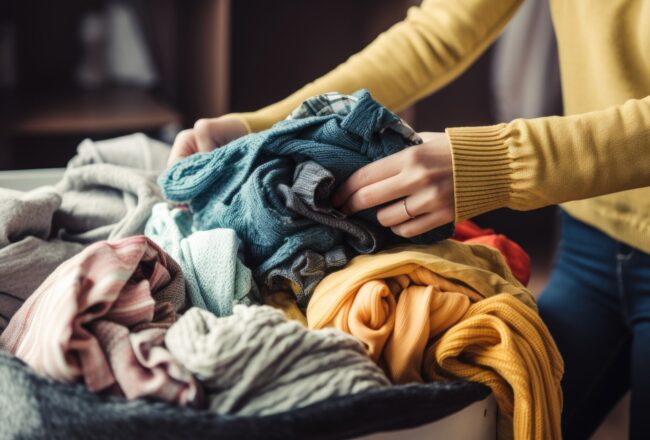Embarking on a move and unsure about what types of packing materials to use? Delve into the bubble wrap vs. packing paper conundrum. Explore the detailed intricacies, distinctive benefits, and potential drawbacks of both, shining light on this age-old relocation debate. This guide is designed to equip you with the essential knowledge to discern when and how to effectively utilize each option, ensuring a secure, smooth, and stress-free relocation of all your valued belongings.
Choosing the right material is crucial, as there’s no one-size-fits-all solution. Each item, depending on its surface and fragility, requires a specific type of protection. By following tailored relocation tips, you can navigate common relocation pitfalls, ensuring each of your belongings is safeguarded effectively during the move.
Pros and Cons of Utilizing Bubble Wrap for Moving
Bubble wrap has carved its niche as an indispensable boxing-up ally, offering reliability and the best protection for fragile items. It’s characterized by its signature air-filled pockets that create a protective shield that guards against shocks, impacts, and vibrations. Let’s take a deeper dive into the specific pros and cons of using this material.
Explore the Benefits of Bubble Wrap
This material is renowned for its unparalleled protection, versatility, and cost-effectiveness in safeguarding various items. Each air-filled bubble is designed to absorb shocks and impacts, ensuring that every item, regardless of its shape or size, is secured for shipping. Tailored to fit an array of objects, it can be easily cut and shaped, allowing for efficient packing and ensuring items arrive at their destination unscathed and in pristine condition.
It protects against temperature fluctuations, offering insulation that is especially beneficial for temperature-sensitive items. Its lightweight nature underscores its appeal, adding minimal weight to packages and potentially leading to significant savings in shipping costs. The material is also reusable, marking itself a cost-effective option for those who relocate often.
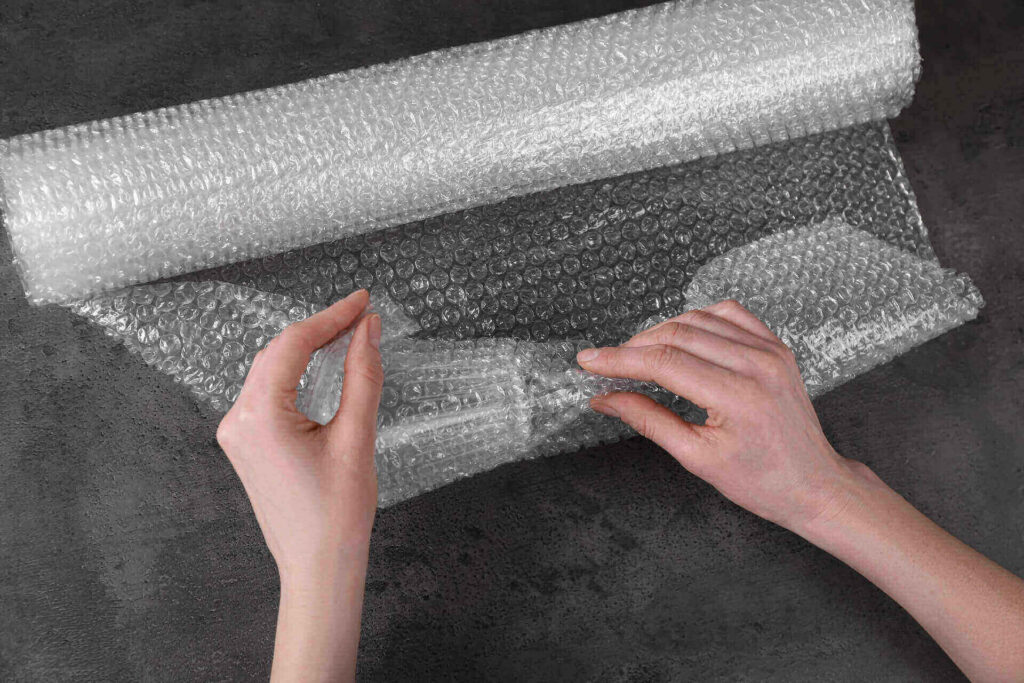
Navigating the Downsides of Bubble Wrap
Despite being praised for its protective qualities, it is not without its challenges. Though they are lightweight, those air pockets do contribute to its bulkiness, making it a space-consuming option. Those looking to optimize space when moving interstate can find it as a logistical challenge.
If you are looking for eco-friendly packing supplies and sustainable moving materials, the traditional wrap has faced criticism. Made from plastic materials, it is often non-biodegradable and can contribute to environmental pollution if not recycled or disposed of properly.
Although it’s widely available, sourcing it in large quantities can be a challenge. Moreover, the disposal of used materials can be an issue, particularly in areas where recycling facilities for plastic materials are limited or non-existent.
Is There an Alternative to Bubble Wrap?
Each of these bubble wrap alternatives mentioned in the list below offers a unique set of relocation benefits. Some are particularly advantageous for those moving from state to state looking to reduce their environmental impact. Here’s a list of some common and effective alternatives:
- Corrugated cardboard sheets – these sheets are rigid and can provide excellent protection for flat items such as picture frames and mirrors. They can absorb shocks and are good recyclable packing options.
- Biodegradable bubble wrap options – these are similar to traditional air pillows but made of biodegradable materials. They offer the same level of protection without the environmental impact.
- Inflatable air pouches – these pouches can be inflated to surround and cushion items, offering protection but with less material use.
- Foam wraps – thin sheets of foam can be wrapped around items to protect them from scratches and impacts. They’re lightweight and can often be employed in reusable packing methods, exemplifying efficient packing techniques and eco-friendliness.
- Blankets or towels – using household items like blankets or towels can provide cushioning and protection for fragile items. They are especially handy for oddly shaped or large items.
- Mushroom packaging – this is a newer, eco-friendly option made from mycelium (the root structure of mushrooms) and agricultural waste. It’s biodegradable and can be custom-shaped to fit items.
- Cornstarch peanuts – these are an eco-friendly alternative to foam peanuts. They offer similar cushioning and are biodegradable and compostable.
- Seaweed packaging – an innovative and sustainable packaging solution that is made from seaweed and is biodegradable. It can be used to cushion and protect various items effectively.
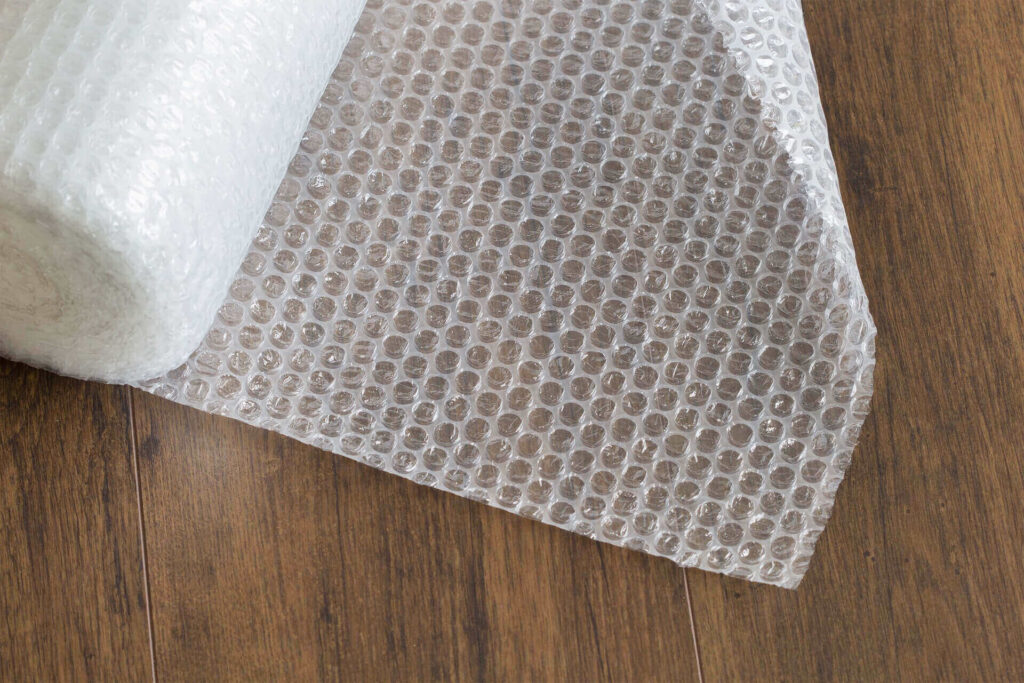
Pros and Cons of Using Packing Paper to Safeguard Your Belongings
Packaging paper has long been a staple in the interstate moving industry, praised for its versatility and eco-friendly nature. Lightweight yet sturdy, it offers a practical solution for wrapping delicate belongings and protecting a wide array of items, proving its worth in interstate relocations. Let’s dive into some benefits and drawbacks of utilizing this material.
Advantages of Packing Paper Uses
One of the packaging paper’s standout features is its versatility. It possesses the adaptability to wrap almost anything, seamlessly conforming to the contours of various items, from fragile glassware to irregularly shaped objects. It is a flexible yet sturdy packing material, making it a great option for wrapping breakables safely.
It is compact and seamlessly slips into spaces, filling voids and providing an added layer of protection without consuming excess volume. For relocations where space optimization is crucial, paper emerges as a wise choice, ensuring that every inch of the crate is effectively utilized.
Furthermore, in the era of environmental awareness, the minimal packing paper environmental impact is unmatched, making it a preferred choice for eco-conscious movers. It aligns with the aspirations of those seeking to minimize their ecological footprint during the relocation process.
Drawbacks of Using Packing Paper
Unlike bubble wrap, packaging paper doesn’t offer the same cushioning protection. Items wrapped in paper may require additional padding or careful placement within boxes to mitigate the risk of damage during transit.
Items enveloped in paper may also be prone to shifting if not packed tightly or secured adequately. This means you will have to utilize additional protective packaging solutions just to ensure that the items remain stationary, reducing the risk of damage resulting from movement within the boxes.
Its vulnerability to moisture and water damage poses a risk. When exposed to wet conditions, it loses its structural integrity, compromising the safety of wrapped items. Additionally, its tendency to tear under the weight of heavier objects underscores its limitation, highlighting the need for more durable and resilient materials for bulky items.
What Are Alternatives to Packing Paper?
Each of these alternatives can be used based on the specific requirements of the items being packed and moved. They offer a range of options for those looking to move away from traditional supplies while still ensuring the safety and integrity of their belongings throughout shipping.
- Furniture pads or moving blankets – these are thick, protective coverings used to wrap around large, bulky items to protect them from scratches, dents, and dust.
- Kraft or butcher paper – a thicker, more durable type of paper that offers better protection and is less likely to tear.
- Geami WrapPak – a combination of die-cut kraft and tissue interleaf paper that expands to form a 3D honeycomb structure for protective wrapping.
- Textile options – utilize old bed sheets, curtains, or any other large pieces of fabric to wrap and protect items, especially helpful for oddly shaped or large items.
- Plastic or shrink-wrap – a plastic film that can wrap around items, keeping them secure. If you learn how to use plastic wrap properly, it can turn out to be especially useful for bundling items together or securing drawers and doors on furniture.
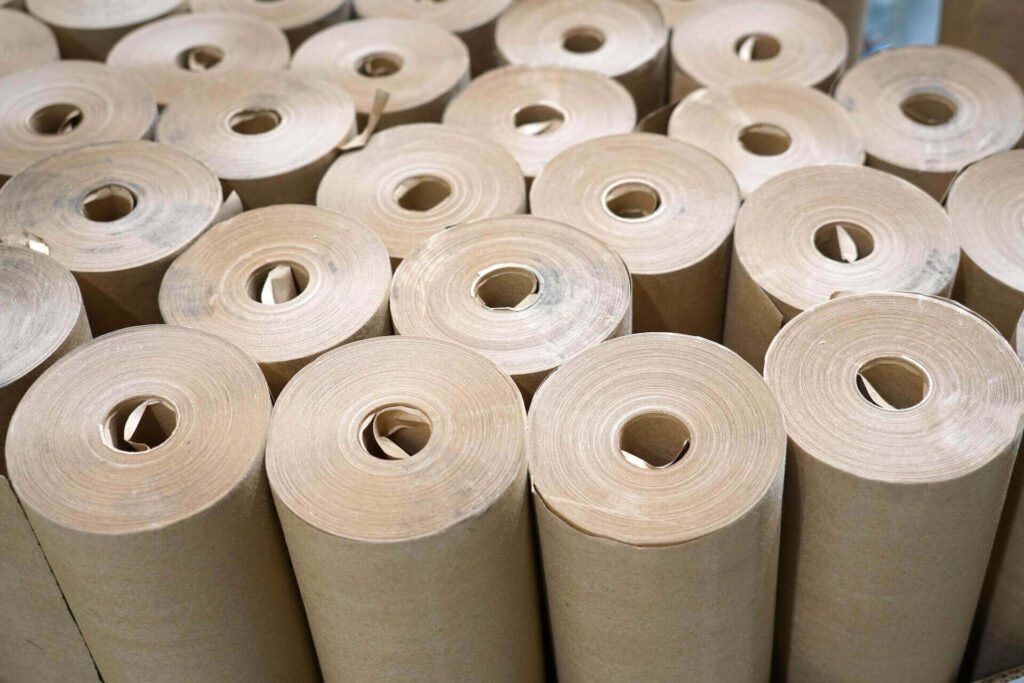
Bubble Wrap vs. Packing Paper – Cost Analysis
When planning a move, it is critical to consider the cost of supplies. The cost of bubble wrap and paper can influence your overall relocation budget, making it essential to weigh the pros and cons of each to find the most cost-effective solutions.
Bubble wrap, with its superior protective qualities, often comes at a higher price point. The specific cost can vary based on the volume needed, the bubble size, and where it’s purchased. On the other hand, paper is generally more affordable, easily accessible, and can be bought in bulk, offering savings that can be crucial for individuals relocating on a budget.
To mitigate relocation costs, it’s advisable to explore various outlets selling these materials. Consider purchasing in bulk or finding stores that offer discounts. Online marketplaces can also be treasure troves for deals, offering opportunities to compare prices and get the best value for your money.
Practical Scenarios: When to Use What
Making informed choices on boxing up supplies is crucial, and often, the nature of items being packed dictates the selection. Here, we delve into practical scenarios to give a comprehensive packing materials comparison and advice on when it’s best to use which material or a combination of both.
Wrapping Fragile Items Like Glassware and Ceramics
When it comes to wrapping these delicate belongings, bubble wrap often emerges as the winner. Its air-filled bubbles offer the best protection for these items, reducing the risk of breakages and ensuring your possessions reach their destination intact.
Packing Books, Clothes, and Non-fragile Items
For stuff like books and clothes, paper is often sufficient. It’s versatile, easy to handle, and offers adequate protection for items that aren’t susceptible to breakage. It can be used to wrap items individually or line boxes to prevent dust and dirt from seeping in, ensuring your belongings remain clean and secure.
Recommendations for Mixing Both Materials for Optimal Protection
In some instances, mixing these two materials can provide optimal protection. For example, layering a mirror’s reflective surface with paper for initial insulation and then wrapping it in bubble wrap for cushioning can enhance protection. This combination leverages the cushioning effect of a wrap with the compact, filler nature of paper, ensuring items are snug and secure within their boxes.

Hire State-To-State Movers, and Don’t Worry About Using the Right Materials
Don’t want to look up how each item should be packed? No problem, just hire a good professional mover to do all the boxing-up for you. At State2State Movers, we’re dedicated to transforming the relocation complexities into a streamlined, stress-free experience tailored just for you. With our comprehensive moving services, you can rest easy knowing that every detail is handled with the utmost precision and care.
Our skilled team is not only adept at safely transporting your belongings but is also proficient in selecting and utilizing the right materials to ensure the maximum protection of each item. We take the guesswork out of the equation – no need to ponder on the type of material suitable for each item. Our packing services are tailored to meet the specific needs of your belongings, employing the highest standards of safety and care.
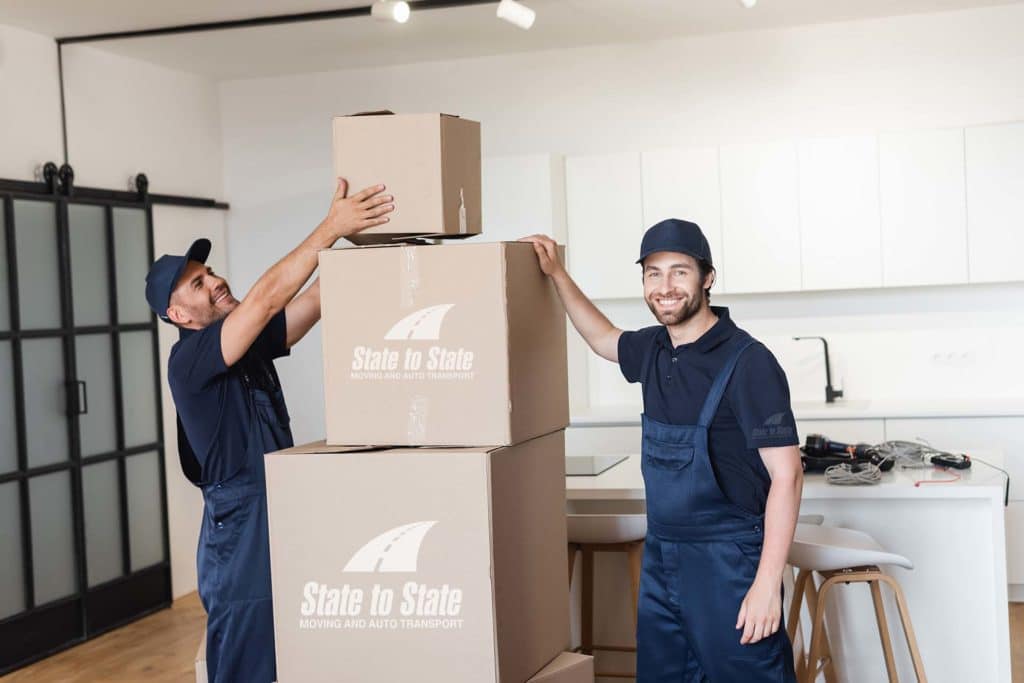
Let Us Help You Step Into the New Beginning With Ease and Confidence
Navigating through an interstate relocation can be a complex process, but with State2State Movers by your side, there’s nothing to worry about. We specialize in turning potentially overwhelming long-distance moving experiences into smooth, hassle-free transitions.
Every step is handled with professionalism, ensuring your belongings are packed, transported, and delivered with utmost care. We are here to tailor a relocation plan that fits your specific needs, ensuring each item arrives at your new destination in pristine condition. Contact us today, and let us be your partner in this journey.
FAQ
Is Bubble Wrap or Paper Better for Packing?
The effectiveness of these supplies is highly dependent on the specific boxing-up needs. The first material is renowned for its ability to provide an extra layer of security for delicate and fragile items, thanks to its air-filled pockets that absorb shocks and impacts effectively.
On the other hand, paper, though less protective, is often favored for its cost-effectiveness and less environmental impact. They are typically used for non-breakable items or as fillers to prevent items from moving inside the boxes.
Can I Use Paper Instead of Bubble Wrap?
Yes, paper can serve as an alternative, especially for items that aren’t particularly fragile. They are handy for wrapping and protecting goods from dust, dirt, and minor scratches. However, for items that are delicate and prone to damage from impacts or vibrations, a combination of both materials is often the best course of action to ensure optimal protection.
Is Bubble Wrap Good for Packing?
Absolutely, it stands out for its protective qualities. The air pockets provide a cushioned barrier, making it an excellent choice for fragile items, electronics, and other valuables that require extra care during transit. Its ability to absorb shocks and resist impacts ensures the safety of items encased in it.
How Long Does the Bubble Wrap Last?
The longevity of the wrap is influenced by the conditions in which it’s stored and used. When kept in a cool, dry place and not subjected to excessive pressure or punctures, it can be reused several times, retaining its protective properties over the years.
Is It OK to Reuse Bubble Wrap?
Definitely, reusing it is a practice that’s both cost-effective and environmentally considerate. As long as the pockets remain intact and filled with air, the plastic retains its cushioning properties, making it effective for subsequent uses in relocation.

